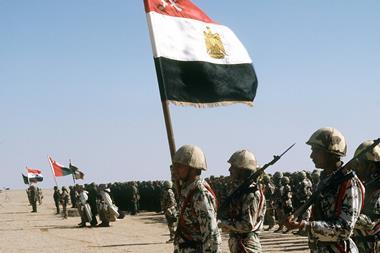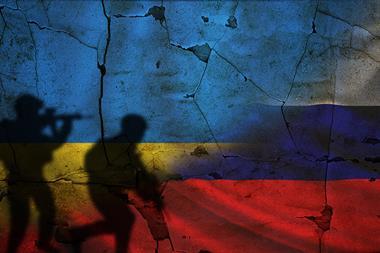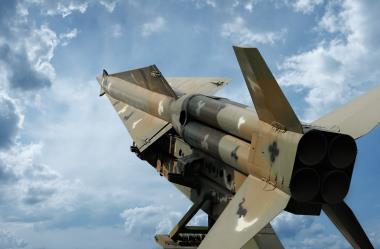Terrorism risk assessment is often flawed because the underlying intelligence is missing, says Nathan Skinner
The problem with predicting terrorist targets is that the predictions are only as good as the intelligence behind them.
It's frighteningly easy for an individual acting alone to commit horrendous acts of carnage and tough for the authorities to stop them. It's only when the conspiracy gets larger and involves more people that its chances of being detected are upped.
Self-radicalised individuals acting alone are much harder to spot than global terrorist groups like al-Qaeda with stated aims and targets.
“With Norwegian soldiers serving in Afghanistan it was the threat from Islamic extremists that was seen as most pressing
Aons 2011 Terror Risk Map ranked the risk of a terrorist attack in Norway as “negligible” when it published a 2011 risk map in June. Long before Anders Behring Breivik killed 77 Norwegians in July the Nordic countries, though, had been identified as a possible terrorist target. With Norwegian soldiers serving in Afghanistan it was the threat from Islamic extremists that was seen as most pressing, however.
As it turns out Breivik’s carnage in Oslo’s government district and at a political youth camp on the island of Utøya was inspired by his far right, anti-immigration obsession. Clearly the Norwegian intelligence and security services have some tough questions to answer regarding why he wasn’t stopped earlier.
Globally, the threat from lone terrorists such as Breivik appears to be eclipsing the risks posed by groups of extremists such as al-Qaeda. It could be because lone terrorists are harder to spot as they don’t do so much plotting with other terrorists (therefore skipping detection).
“The threat from lone terrorists such as Breivik appears to be eclipsing the risks posed by groups of extremists such as al-Qaeda
There is a four in five probability that a conspiracy involving five or more operatives will be interdicted by the intelligence services, says Gordon Woo, chief architect of the RMS Terrorism Risk Model. On the other hand the smaller the conspiracy the less chance that it will be thwarted by intelligence.
One of the reasons why Western security services have been so successful against al-Qaeda and its affiliates is because they have infiltrated the extremist groups using agents or informers. MI5, the CIA and the FBI also use sophisticated methods and technology to track terrorists online. And because of the international nature of the Muslim diaspora a lot of the communication between Islamic extremists is done over the internet—making it easier to spot.
For example, US authorities have had considerable success tackling al-Qaeda and preventing an attack on US soil since the Twin Towers in 2001. In fact the largest single terrorist attack in the US since 9/11 was committed by a single man, Major Malik Nadal Hasan, at a military base, Fort Hood.
That incident and the recent tragedy in Norway serve as reminders of the dangers posed by individuals who become radicalized by extremist ideology, which fuels acts of extreme violence



















